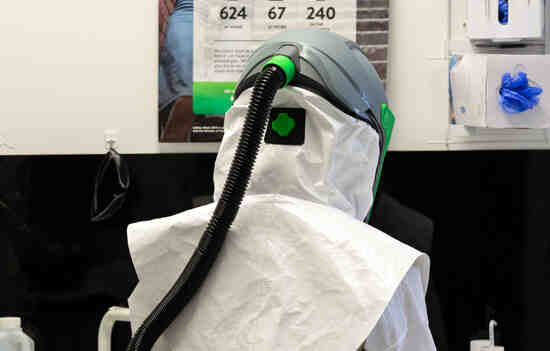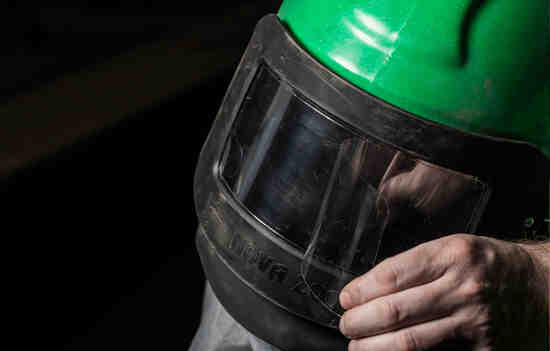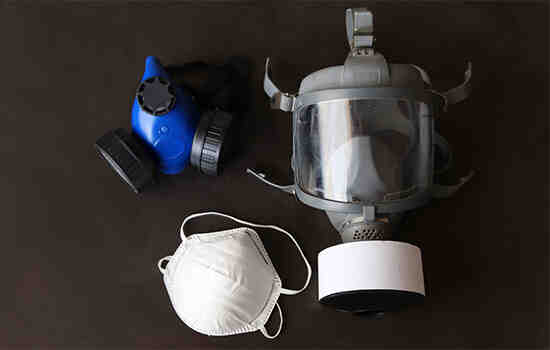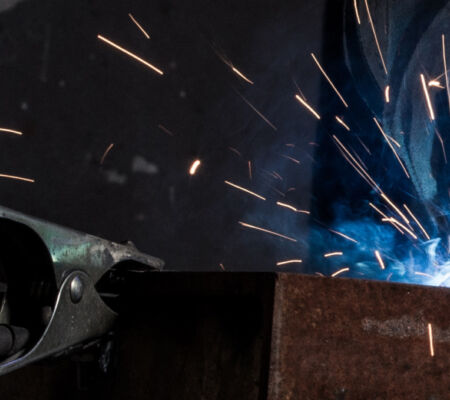
The number of violations for 2021 have now been collated and OSHA have announced that the Respiratory Protection Standard 1910.134 rose in the rankings to become the 2nd most cited safety standard with a total of 2527 violations.
Back to Articles & Resources View all Industry Compliance content
Throughout the year, OSHA conducts regular site visits across the United States to ensure workplaces are complying with OSHA safety standards. Those that fail to comply are placing their employees’ health at risk, and face extensive citations. The number of violations for 2021 have now been collated and OSHA have announced that the Respiratory Protection Standard 1910.134 rose in the rankings to become the 2nd most cited safety standard with a total of 2527 violations.
With this standard continuing to climb in the rankings, and with so many people reliant on respiratory protection to ensure their safety, it’s important to take a good look at the most common reasons for failed compliance. The following 5 reasons make up over 70% of all violations for the standard.
1. Written medical evaluation 1910.134(e)(1)
Before a tight-fitting respirator can be worn by an employee, the employee needs to have a written medical evaluation provided by the employer to determine whether they are medically fit to wear one. Many people do not know this and will be using a respirator that could be detrimental to their health. Some examples of why someone may not be deemed medically fit to use a tight-fitting respirator include if that person has asthma or suffers from Chronic Obstructive Pulmonary Disease (COPD).
2. Fit testing 1910.134(f)
Before an employee wears a tight-fitting negative pressure respirator for work, they first need to complete a fit test. It is essential that the respirator they are tested with is the exact same make, style, and size as what they are going to be using. To ensure the respirator remains compliant, employees must always be clean shaven, and if they undergo any facial changes, such as weight loss, then they need to complete a new fit test to ensure they’re still protected. Employee qualitative and quantitative fit testing must be completed annually, or whenever the make, model, or size of the respirator changes.
3. Written program 1910.134(c)
It’s not enough to simply provide an employee with a respirator - a written respiratory protection program is a must. This is because there are many factors which determine safe and effective use of a respirator, such as storage, cleaning and maintenance, hazard assessment, respirator selection, and training.
4. Training and education 1919.134(k)
It is absolutely essential that the person using the respirator knows how to use and look after it properly. In having this knowledge, they’re able to identify when something isn’t right, such as damage, poor fit, or when the filters need to be changed, mitigating the risk of damage to their health.
5. Respirator selection 1910.134(d)(1)
This is perhaps the most surprising and yet, the most damaging. It’s part of the greater problem which is seen in the previous 4 examples, and that’s a lack of education. Selecting the correct respirator is vital to one's safety. Without the right filters, cartridges, or air supply, employees can be placed in a very unsafe position. To avoid this, it comes down to working with an industrial hygienist, knowing the hazards present, knowing the permissible exposure limits, and understanding the types of respirators available and why they are all different.
Meeting the compliance requirements for the Respiratory Protection Standard is not designed to be difficult, it’s for your safety. The top 2 most common violations within this standard can both be easily negated through the selection of a loose-fitting respirator - with the remainder around understanding the standard and its practical application.
To learn more about the standard, head over to the OSHA website for further information.
Related Articles

Are you violating OSHAs respiratory protection standard?
Due to the reactive response in searching for better respiratory protection, crucial steps in healthcare settings are being missed.
Read more
Why Use NIOSH Certified Parts
By using NIOSH certified products users can be confident that they’re protected. But what happens when non-certified parts are used?
Read more
OSHA announces most-cited violations for 2020
We take a look into OSHA’s most-cited violations for 2020 and the reasons why the respiratory protection standard has rose in its placing.
Read more